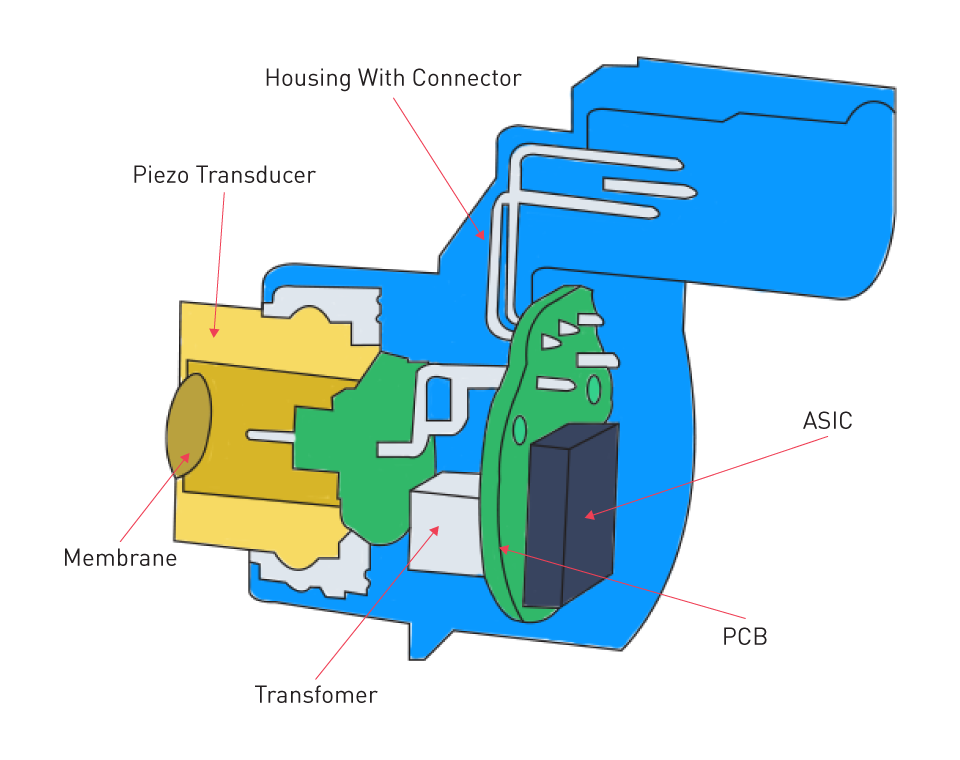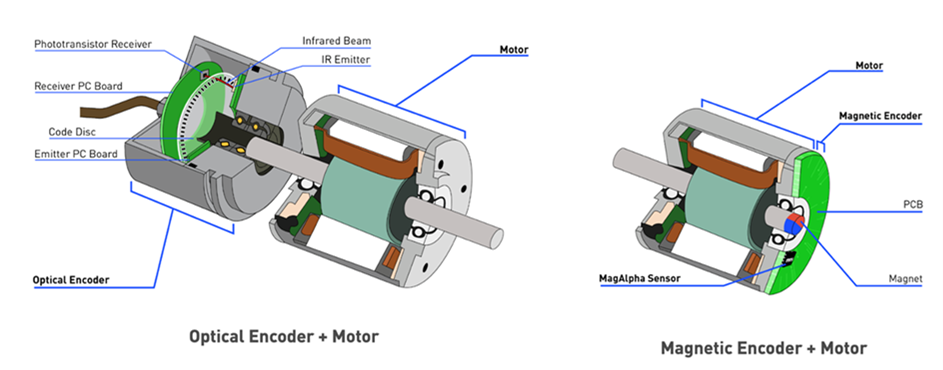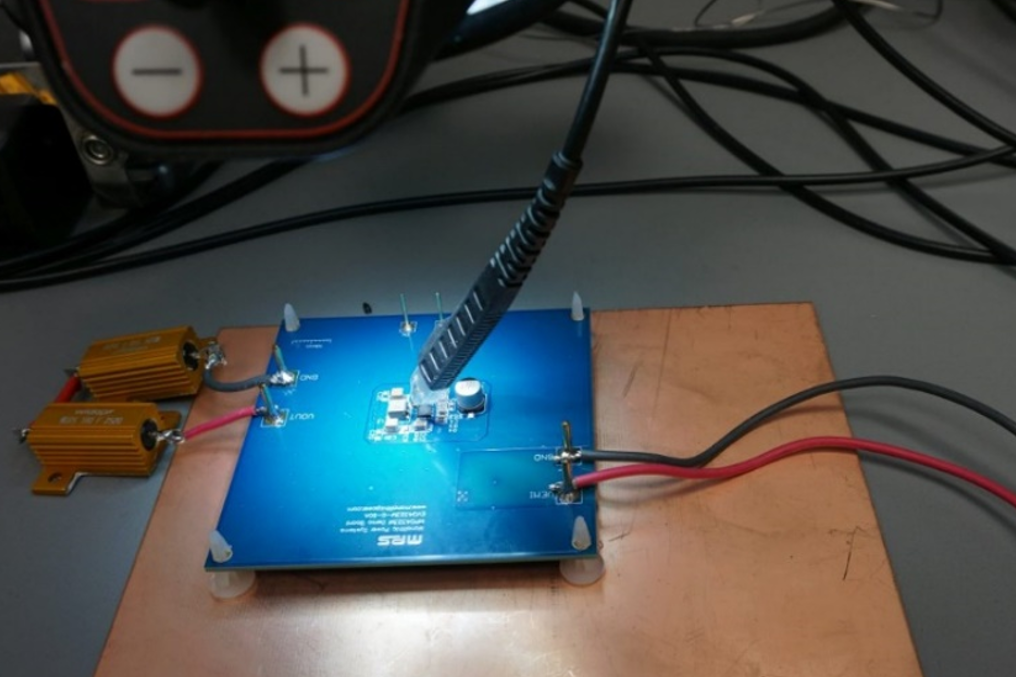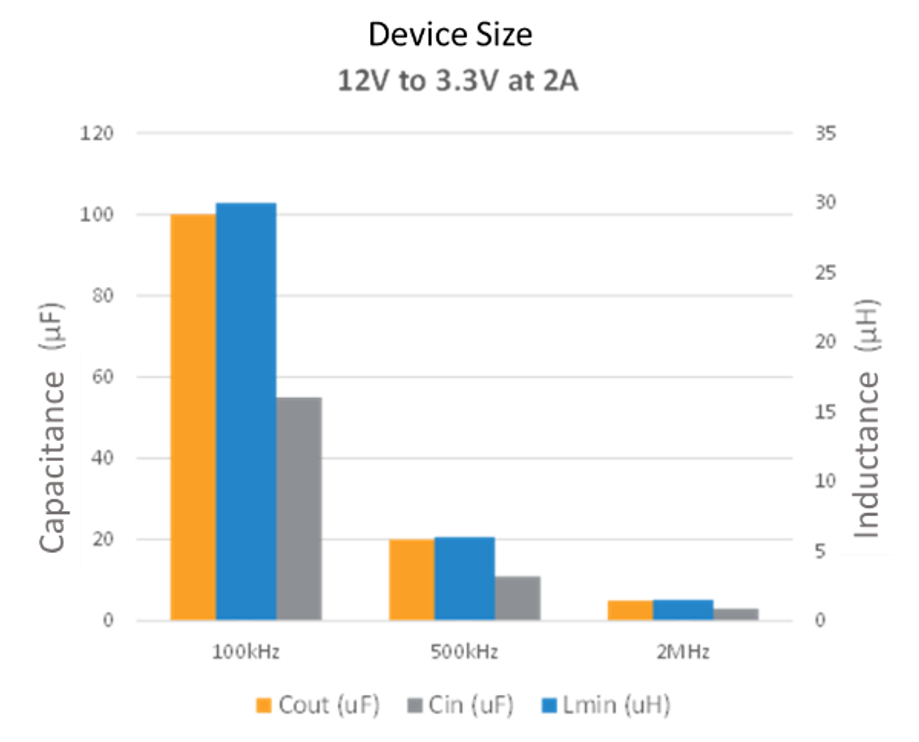Sensing Technologies in ADAS
The sensors of a vehicle are its "eyes and ears" when it comes to advanced driver-assistance systems (ADAS). A variety of sensing technologies allow ADAS-equipped cars to sense, comprehend, and respond to their environment. These advanced systems have developed gradually, improving the efficiency, convenience, and safety of vehicles. The main sensing technologies that are now the foundation of contemporary ADAS systems are covered in detail in this section.
Cameras
As the optical sense organs of ADAS, cameras take pictures of the environment around the car in real time.
Function: Cameras can read traffic signs, identify and categorize objects, detect lanes, and track the movements of pedestrians.
Advantages: They have a high resolution and can detect color, which is very helpful for tasks like recognizing traffic signs.
Limitations: When the lens is obstructed, in harsh weather, or in low light, its effectiveness may be reduced.
Types of Cameras
Rear-view cameras are specifically made to be mounted at the back of a car. They have become popular in both luxury and economy cars, and they are now a useful tool for drivers to use when backing up, preventing collisions, and reducing rear blind spots.
Forward-View Cameras: The majority of the time, these systems are installed behind the rearview mirror in the front part of the vehicle. The ADAS front camera (FC) system records and recognizes real-world items of interest, such as vehicles, two-wheelers, and pedestrians. Identifying the object of interest and its distance from the vehicle are two of ADAS FC's primary tasks, together with applying the emergency brakes at the appropriate moment to prevent a collision.
Driver Monitoring Systems: Designed to track the level of alertness in-cabin vehicles, the driver monitoring system (DMS) is essential for enabling highly autonomous driving functions. It does this by identifying the driver, tracking their level of vigilance, and identifying the first signs of fatigue. This technology can further improve the infotainment interface by enabling touch-free gesture control functions, elevating the safety concept to the highest level, and promoting the more intelligent adoption of driver assistance features. It is also suitable for detecting passengers in the cabin, child seat occupancy, and posture analysis.
Thermal Cameras: Autonomous driving and driver assistance systems must be able to function in totally dark or low visibility environments. Because they are passive (i.e. they don't require illumination of the scene) and independent of ambient light levels, thermal cameras are advantageous in these kinds of circumstances. When paired with additional sensors, they allow precise identification and categorization of surrounding objects, including people, cars, animals, and other obstructions. They also enhance the dependability and redundancy necessary for autonomous vehicles.
Radars
In order to determine an object's location, velocity, and direction in relation to a vehicle, radars use radio waves.
Function: Radars are widely used to detect the location and velocity of objects surrounding a vehicle. They are also used for adaptive cruise control, collision avoidance, and blind-spot monitoring.
Advantages: Radars are reliable and effective in a variety of weather situations, such as rain and fog.
Limitations: Although radars are excellent at measuring distance and speed, they might not be able to distinguish objects with the same level of detail as some other sensors.
Light Detection and Ranging (Lidars)
Lidars create a precise three-dimensional map of the surroundings by emitting pulsed laser beams and timing how long it takes for the beams to return after bouncing off things.
Function: Lidars monitor the surrounding depths to produce high-resolution photographs that are particularly helpful for autonomous cars. They play a crucial role in navigation and obstacle detection.
Advantages: They can provide a wide-angle picture of the surroundings and have better precision.
Limitations: Their widespread adoption may be hindered by their high design costs and vulnerability to specific weather conditions, such as persistent rain. Not every pioneering automaker of autonomous driving is embracing LiDAR technology. Tesla, for example, has no intention of utilizing it in any of its cars.
Ultrasonic Sensors
The notion of a sonic altimeter, which bats use to orient themselves, is also used in ultrasonic sensors. Barriers reflect the brief ultrasonic impulses that the sensors emit. The sensors record the echo signals, which are then processed by a central control unit.
Function: These sensors are mostly used to assist with parking; they identify objects that are near the car and direct drivers during maneuvers such as parallel parking.
Advantages: Can function in a variety of environmental situations and is effective for short-range detection.
Limitations: Suitable only for close-quarters uses and might lose some of its potency at faster speeds.
Conclusively, the combination of these sensing systems gives ADAS a complete perception toolkit, with each sensor making up for the shortcomings of the others. When combined, they provide a strong basis for the safety and assistance features of the car, resulting in more secure and effective driving in the present era.

Figure 1: Components of an Ultrasonic Sensor
Actuators in ADAS
It is critical to comprehend actuator function as we make our way through the complex network of advanced driver-assistance systems (ADAS). Actuators are the system's muscles, carrying out actions in response to the insights gained from the sensed data, whilst sensors are its eyes and ears, delivering crucial information about the environment around the vehicle. Let's examine actuators' crucial function in ADAS and the varieties that are frequently used in more detail.
Steering Actuators
For ADAS features like automated parking and lane-keeping assistance, steering actuators are essential.
Function: To maintain the car in its lane or guide it into a parking space, these actuators modify the steering angle in response to sensor information.
Braking Actuators
When designing vehicles, safety is still the first priority. Braking actuators play a big part in ADAS features like collision prevention and emergency braking.
Function: The braking actuators apply the proper brake force to prevent or lessen the impact when they receive data about a possible collision.
Acceleration Actuators
Acceleration actuators control the vehicle's propulsion and are essential for features like aid with traffic jams and adaptive cruise control.
Function: These actuators maintain safe distances from other cars or obstructions and modify speed in accordance with traffic flow by regulating the throttle in response to sensor data.
In summary, actuators bring judgments based on environmental perception to life by modifying the motion of the vehicle as needed. Sensors are responsible for sensing the surroundings. Because of the harmonious interaction of sensing and actuation, ADAS enables vehicles to achieve previously unheard-of levels of comfort, efficiency, and safety. The accuracy and dependability of these actuators will be even more important as the automobile sector moves closer to completely autonomous driving.
Sensor-Actuator Fusion
Within the domain of advanced driver-assistance systems (ADAS), the smooth incorporation of sensors and actuators is more than a hardware arrangement; it serves as a medium for coordinated operation and increased safety. The "Sensor-Actuator Fusion" process, which entails using input from various sensors to make meaningful judgments that the actuators then carry out, is the key to this. Let's investigate the nuances of this merging procedure.
Data Processing and Decision Making
The ADAS is overloaded with a plethora of data from the many sensors, which include lidars, cameras, radars, and ultrasonic sensors. However actionable intelligence is not the same as raw data. Thus, turning this data into useful insights is a crucial first step.
Sensor Data Fusion: To ensure accuracy and redundancy, it is necessary to combine and harmonize the data from several sensors that frequently identify the same object or obstacle. In order to create a coherent depiction of the environment, algorithms assess each sensor's data clarity and dependability separately.
Decision Logic: Following the formation of a cohesive image, ADAS employs pre-established logic rules—often supported by machine learning—to decide on the optimal course of action. A straightforward warning to the driver or an automated intervention, such as brakes, could be used in this situation.
Application Examples
Perfect parking, made possible by a near-range camera and ultrasonic sensor: The multi-camera system makes it possible to reliably implement assisted and automated parking features. By combining the usage of near-range cameras with ultrasonic sensors, sensor data can be pooled in a control unit to create a three-dimensional all-around image that will provide a more thorough and reliable understanding of the scene. Data fusion makes it possible to recognize and comprehend markers in parking lots, objects, and other road users. This increases the dependability and security of parking features like the home zone park assist and the (remote) parking assist. When the car reverses out of a parking place, for instance, the system can detect when a pedestrian walks past it and relay this information to the brake control system, which in turn initiates automatic emergency braking.
Radar sensor and multi-purpose camera combination for automatic emergency braking: Automatic emergency braking systems use a combination of radar sensors and/or multipurpose cameras to detect an approaching forward collision with another vehicle and adjust their actions to either prevent or lessen the effect of the collision. By incorporating a Forward Collision Warning (FCW), the system can notify the driver of an approaching collision and initiate automated braking.
Control Algorithms for Coordinated Actuation
Making a choice is but one component of the problem. Ensuring its timely, seamless, and well-coordinated implementation is just as important, if not more so.
Feedback Loops: Actuators frequently provide feedback to the decision-making module in order to guarantee accuracy. For example, feedback guarantees that the precise degree of rotation is reached if the system decides to turn the steering wheel a given amount.
Predictive Control: Predictive control modulates actuator movements by taking into account the vehicle's current condition as well as the likely states of its surroundings. This is done by predictive algorithms. This proactive strategy contributes to more seamless vehicle operations. For instance, when using adaptive cruise control, the system adjusts for variations in the position and speed of other cars. The technology may dynamically modify the ACC parameters to maintain a safe following distance by combining data from radar and video sensors.
Synchronization: Algorithms make sure that the operations are synced to produce the best outcomes in situations where several actuators must operate nearly simultaneously, such as emergency braking combined with steering correction.
Safety Nets: The algorithms are built to prioritize safety in the unlikely event of contradicting sensor data or unclear decision-making circumstances. Frequently, they will choose the most cautious course of action or even return control to the driver. For instance, lane-keeping assist may prioritize safety by gently warning the driver to resume steering control if it detects inconsistent sensor data or ambiguous road markings.
Essentially, the integration of actuators and sensors in ADAS is proof of the wonders of contemporary engineering. The goal of this intricate dance of sophisticated algorithms and engineering is to increase driving comfort and road safety. Further developments in sensor-actuator fusion promise to move us closer to the goal of completely autonomous vehicles as ADAS systems continue to advance.







直接登录
创建新帐号